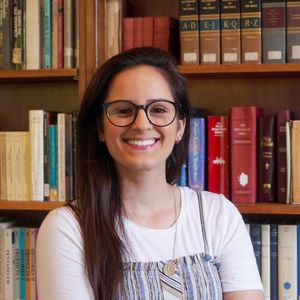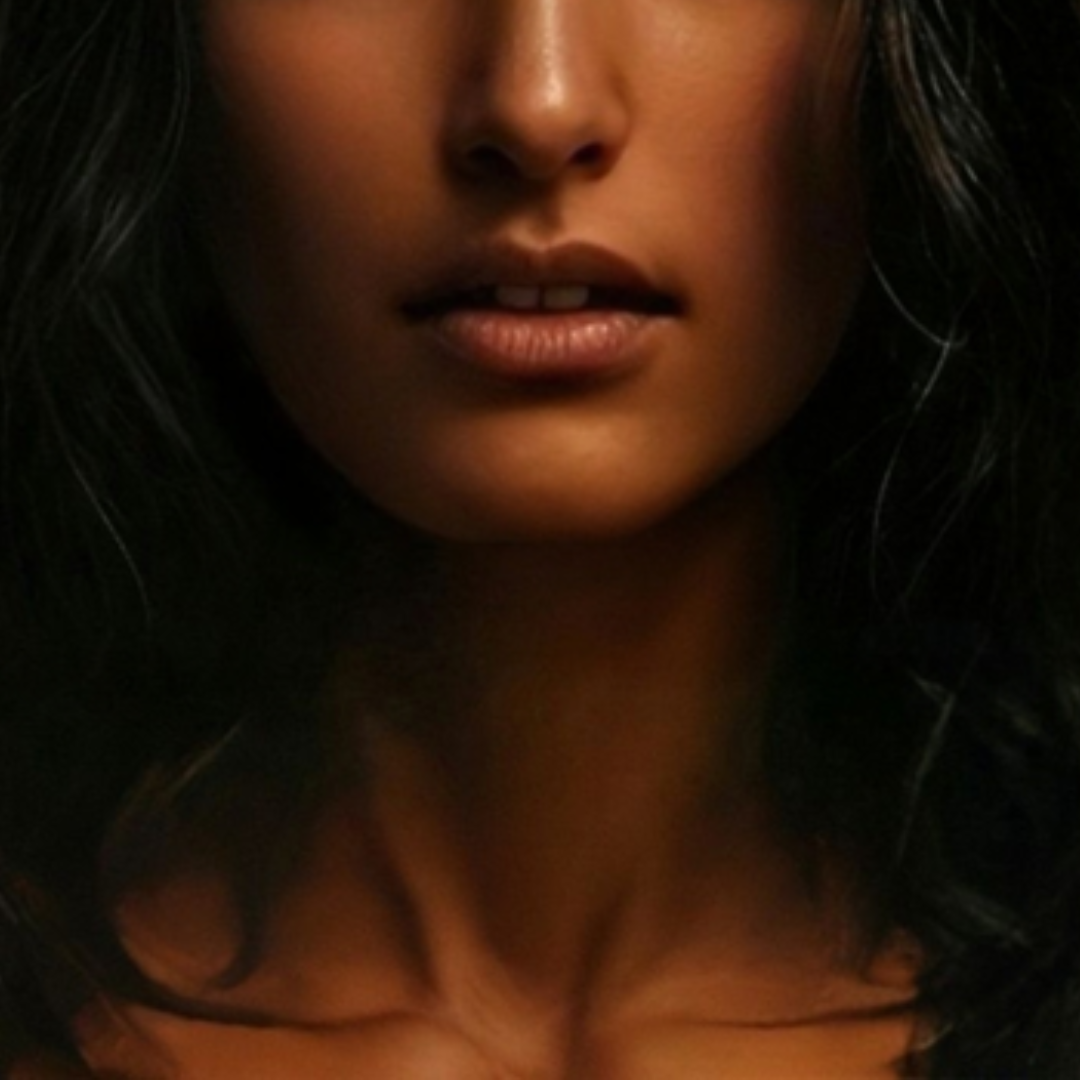You may have come across this image on the internet before. "What would the Virgin Mary's face look like?"
This is the result of the work of a Brazilian artist and teacher inspired by the Holy Shroud.
Átila Soares da Costa Filho has a degree in Industrial Design - Visual Communication from the Pontifical Catholic University of Rio de Janeiro.
He also earned his postgraduate degrees in Art History, Philosophy, Sociology, History, Medieval Church, Anthropology, Archeology and Heritage. He is known for his interest in religious themes and the work of Leonardo Da Vinci.
Reconstructing Mary's Face
"The Lady of the Shroud: Searching for the Real Mary" is a study by the professor to recreate what would be the face of the Mother of Jesus, inspired by the characteristics of the face of the Man on the Shroud.
The professor emphasizes that "this experiment that I proposed is an exercise in speculation, taking into account the hypothetical legitimacy of the Holy Shroud as a Christian relic, as well as that of the Catechism and the Theology of Rome.
"It is also important to highlight that the Church has never officially declared divine the Holy Shroud, considering it simply as a very important piece as it promotes profound manifestations of faith among its followers."
To arrive at the final image, Átila explained that his starting point was "the face of the man on the Shroud, obtained in 2010 by Emmy-winning American graphic designer Ray Downing and his Studio Macbeth.
"The latter, with the most advanced forensic technology, produced what is seen as the most credible approximation of what that face might have looked like when he was alive."
With the help of artificial intelligence, he then created a "female version," which featured "facial adjustments and some manual artistic retouching done by me – to better define an anthropologically feminine and ethnic face – the result is a woman of around 30 years."
"I also decided to present a Mary with makeup, as some of the Bible's greatest heroines were known to pay special attention to their beautiful appearance," the artist elaborated.
"Furthermore, we should not ignore the fact that women in the Middle East have historically used makeup – including red lipstick – to prevent dryness of the skin and lips. It was a practice even in Ancient Egypt – where Mary lived for some years of her life. Certainly, she could well have adopted the custom."
Check out the images below:
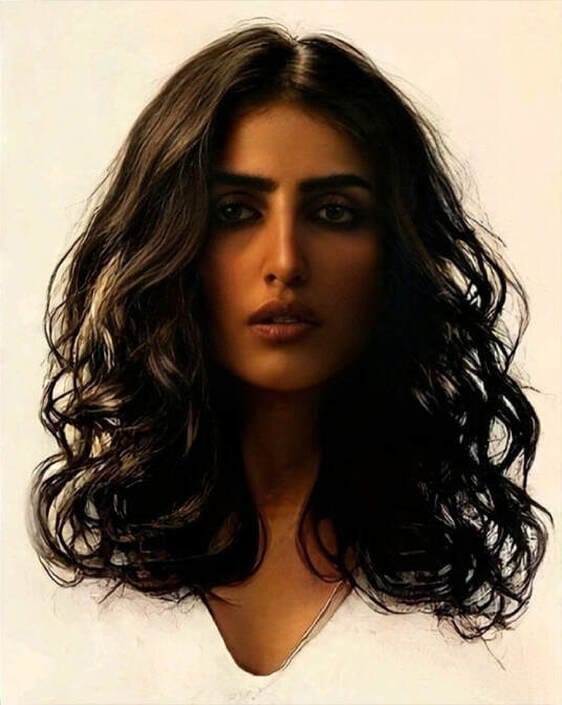
He also made additional reconstructions of Mary at different ages:
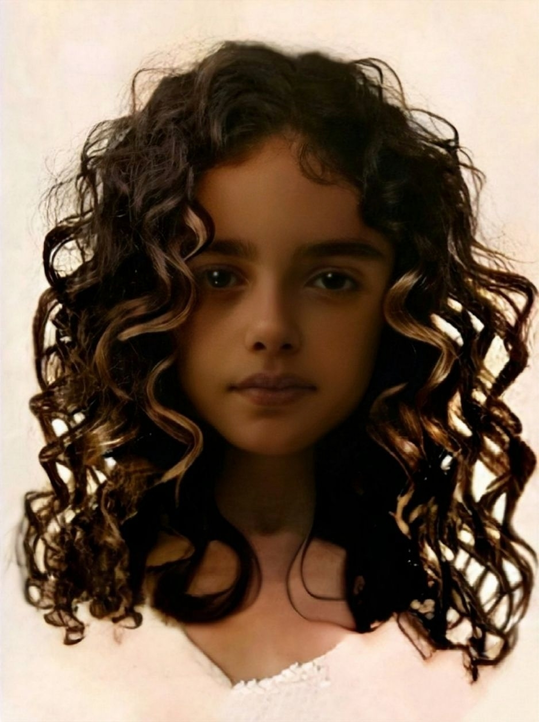
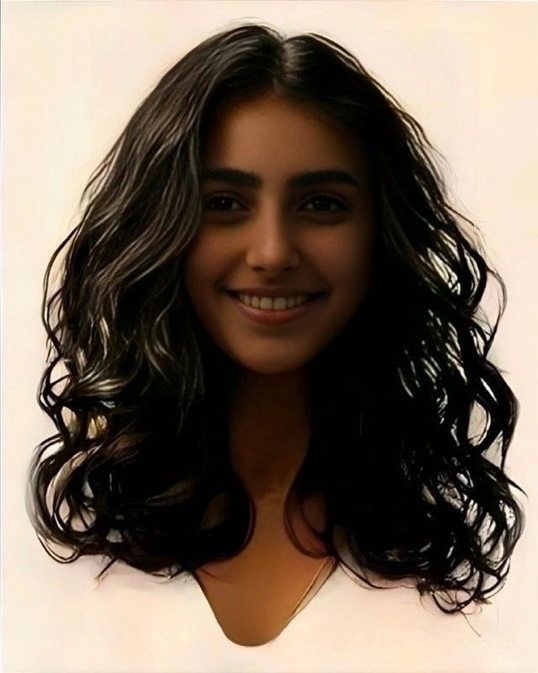
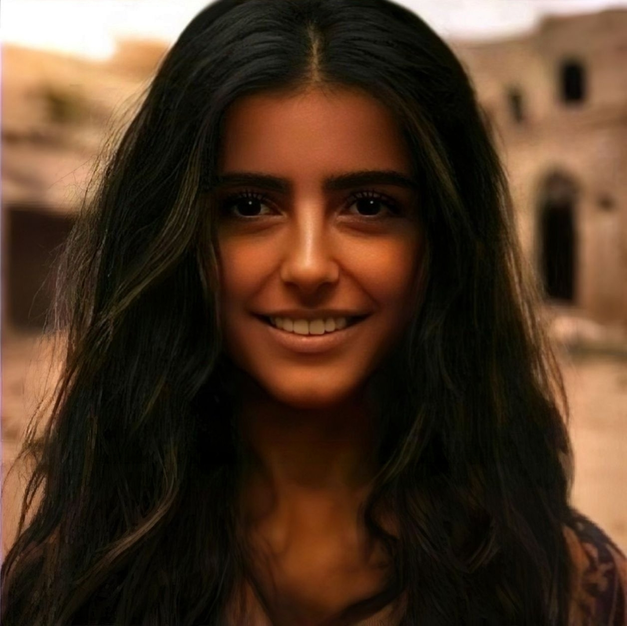
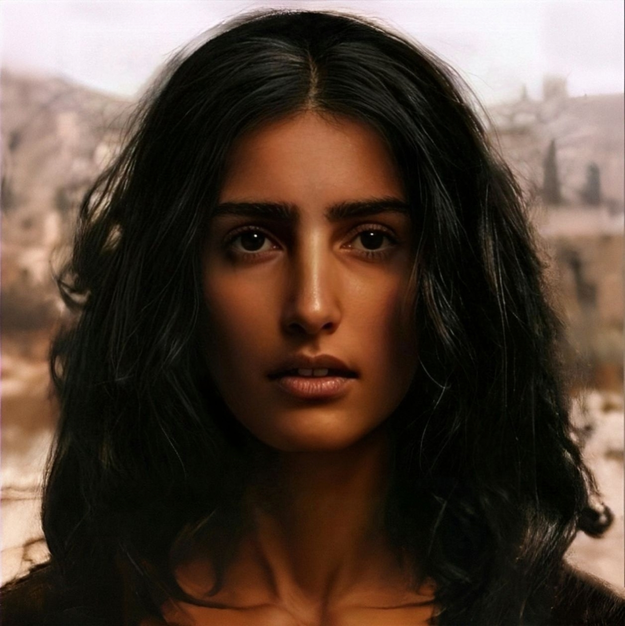
According to this point of view, another version of Mary's face can be obtained through pixels, bytes, algorithms, more mathematics, some anthropomorphic considerations, and a final artistic touch.
"When the astonishing technology of the 21st century deals with themes and controversial issues such as faith and the invisible, we understand why Faith and Science should never have been separated."

